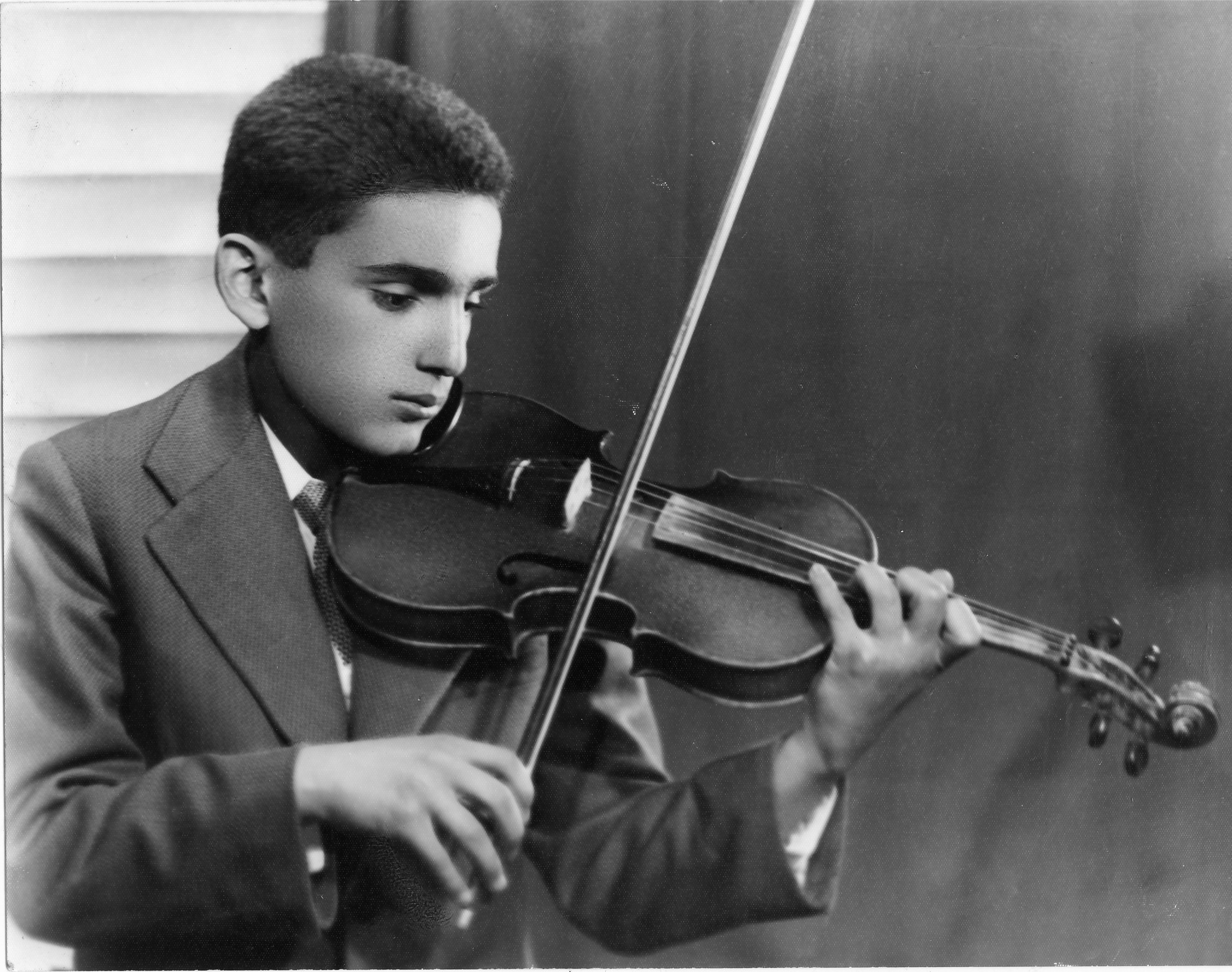Site Launched in Dec.2003
Sarechal.com - Its Purpose, Background, Memories and Hopes by Eshagh Shaoul
 |
 |
| The author in 1955, when a student of Ostad Abol Hassan Saba | And in 2005 |
"Sarechal.com".... the very sound of it brings a smile to the face of each person who hears it. Sarechal was a place so very far removed from the dot-com world of today that the idea that it now has a home on the Internet cannot help but amuse. Despite our distance from it, both in place and time, Sarechal has lived on in the memories of most of the transplanted Iranian-American Jews who once inhabited it. My hope in launching this site is that it will help keep the memories of Sarechal alive both for us and for our children and grandchildren. Our goals are:
1. To tell our children and grandchildren our stories so that they can know us better, can understand and better appreciate the hopelessness and hope, the fight for survival and for human harmony that we experienced and, as a result, find ways to make a better world with peace, human harmony and tolerance wherever they are.
2. To collect personal memories of our lives in Iran and Sarechal.
3. To start an Alumni Association of Sarechalis, providing information on the whereabouts of those who want to associate themselves with Sarechal and to record where we have been and where we are today and how we got here.
Background
Our mahaleh, or neighborhood, known as Sarechal by the Iranian Jews, and Mahal-e-Juda by the Iranian Muslims, was located in the south of Tehran. It was the Jewish quarter of Teheran where the Jews felt safer and more at home than in the city at large. They had their own ancient bathhouses and seven synagogues. The Iranian Muslims who lived around the neighborhood viewed Sarechal and its people a little differently; they didn’t find them very pleasing, clean or acceptable.
Starting in the 1940’s, many Jews began to leave the confines of Sarechal for other neighborhoods, mainly in Northern Teheran, seeking refuge, a better life and assimilation in areas where there was more tolerance. By the late fifties, some of us began to go abroad as well. Many of us came to America and Europe to study and work. Some are still in Tehran, if not in Sarechal. By 1978, those of us who were already living in America witnessed the great exodus of the Iranian Jews (many of whom had passed their young days in Sarechal), brought on by the Islamic Revolution.
Now, decades later, we seem to have been transplanted in foreign soil, but our roots run back to our old mahaleh. As with many sub-cultures in Iran, the Judeo-Persian traditions were very strong, particularly in those families originally from Mashad, Hamadan, Esfahan and Kashan. The Persian culture and education also played a big role in some of our lives, influencing our behavior and sense of belonging. Some of us may feel nostalgic about Sarechal and its surrounding neighborhoods. Others may never want to think about the place or their lives there again, or to remember how they had been torn between cultures and subcultures, struggling to be accepted and fighting problems of self-identity.
Memories and Hopes
One thing is clear to me, I cannot forget the memories of Sarechal, its streets, shops, people, smells, and music. I remember the fights with Moslem toughs to enter its roads (kuche), and the struggle to depart from it without getting into trouble. The memories of the life in Etehad, the Alliance Israelite Universelle Jewish school, with its students, teachers, headmasters and nazems are the strongest memories of my life in Iran. The education at Etehad is the source of dreams I still have. In these dreams I revisit my old friends, the things we did in school, the fantasies we had and our plans to achieve those fantasies. I remember the Jewish holidays, and the Muslim holidays and am still fascinated by the differences and the knowledge that these holidays had been celebrated in the South of Tehran side by side for centuries. I can’t forget singing "Mizmor le David" in the synagogue in Sarechal. Nor can I forget the beautiful music of “Allah ‘o Akbar” at noontime and the Muslim friends that put religion aside and offered me their friendship.
This is a website for everyone who associates himself or herself with Sarechal. Send me your stories and pictures and they will be published on this website under your name or anonymously. I will also collect memoirs of Iranians who were born in the Jewish quarters in Isfahan, Kashan, Kerman and other cities, towns and villages in Iran. I welcome your stories, memories of your childhood, friends, neighbors and your experiences with people inside and outside the mahaleh. I welcome the happy or sad stories that have influenced your personalities, behaviors, aspirations, and dreams. Our grandchildren need to know where we came from, the consequences of our lives in Iran. If we help them understand the pain of the discrimination and prejudice we experienced, perhaps this will enable them to help eliminate such pain from the world. Most of all, we want them to understand what kept us hopeful and motivated us as we walked away from our mahaleh after centuries of isolation and discrimination so that they can help, support and motivate other people of whatever religion or nationality to escape from their own mahalehs with hope.
Eshagh Shaoul aka Eshagh Amram-Shaoul
All pictures or stories should be sent to: